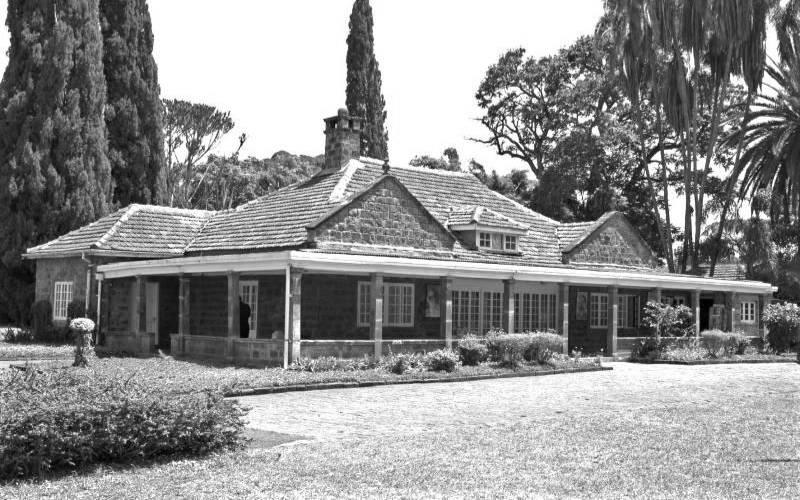×
The Standard e-Paper
Home To Bold Columnists

Karen is perhaps one of the most desired neighbourhoods in the city.
Though it is one of the oldest settlements in Kenya, Karen was not always the plush estate many know today. It was born out of a love gone sour.